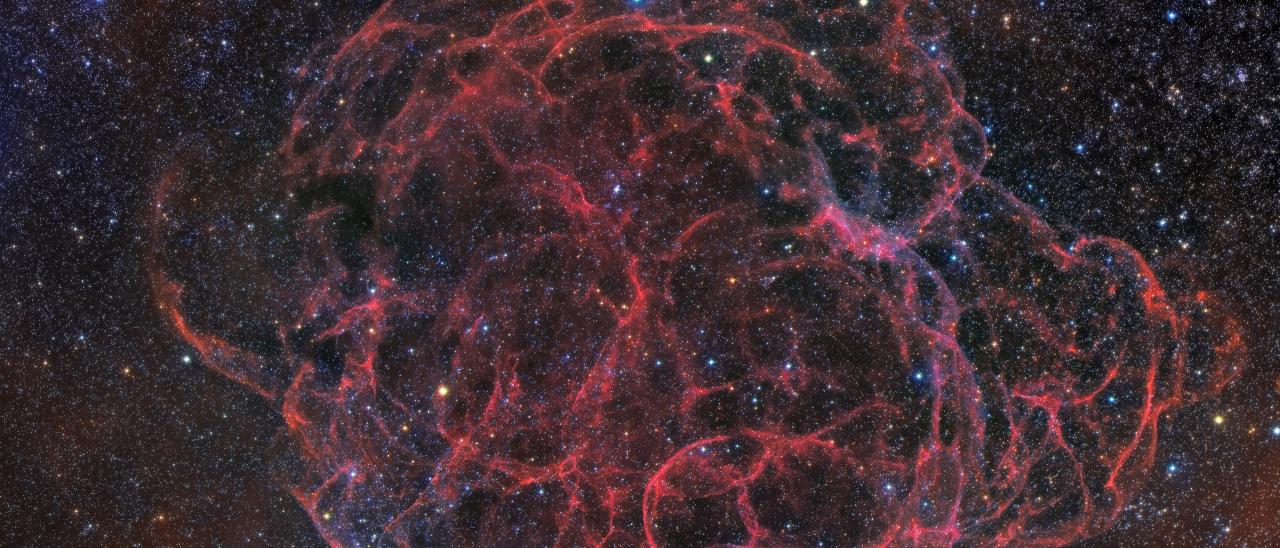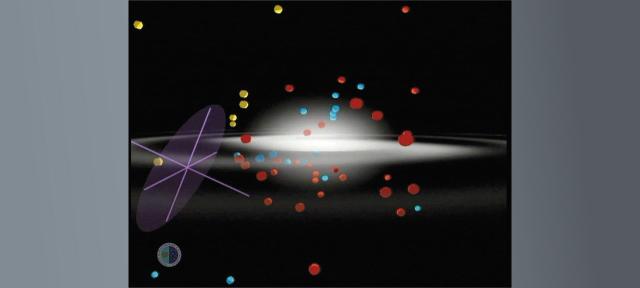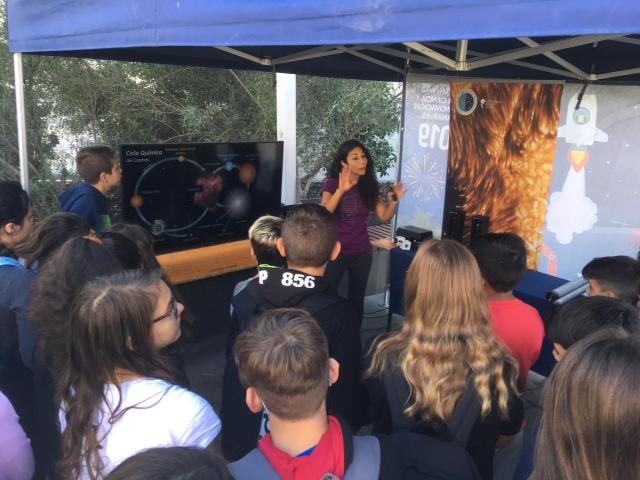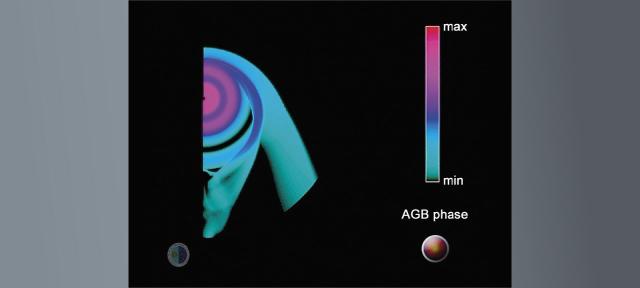The largest stars in the Cosmos (between eight and a hundred times the mass of the Sun) die spectacularly: in a colossal explosion whose brightness, for a few weeks, will exceed that of all the stars in the rest of the galaxy put together. It is the so-called Supernova explosion (type II). In this magnificent cosmic deflagration a great part of the matter that formed the star, the so-called Supernova Remnant, will be emitted into space. During this brief process, chemical elements heavier than iron (Fe) will originate in the periodic table of the elements, such as gold (Au), mercury (Hg) or uranium (U). Its nucleus, depending on the amount of mass it manages to retain, will become a Neutron Star or a stellar Black Hole.
The remnant of supernova Simeis 147 (SNR G180.0-01.7) shows an apparent size in the sky that is truly spectacular. If it were possible to observe it with the naked eye, it would reach more than four degrees in its maximum extension, equivalent to eight Moons aligned from side to side. It is estimated that this object is about 3,000 a.l. from us, which would imply that it covers an approximately spherical volume of between 150 and 200 a.l. in diameter. If we consider that the nearest star, Proxima Centauri, is 4.2 light-years away, it is possible to imagine the colossal real dimensions of this astronomical object. This nebula expands at a speed of about 100 km/s and seems to have enough energy to still emit radiation, even at gamma rays, as confirmed by the Fermi space telescope.
Inside is the PSR Pulsar J0538+2817, a Neutron Star that rotates at high speed, emitting pulses of electromagnetic radiation at regular intervals (every 143 ms) related to its period of rotation. Recent studies suggest that the star that gave rise to this remnant was a massive star that had a similar one as a companion. When the latter exploded, the distribution of masses varied and both were expelled at high speed. The position of the pulsar does not coincide with the geometric center of the supernova remnant, which is displaced in the opposite direction to HD 37424, a giant star that could have shared the central position about 30,000 years ago.
This weak supernova remnant can be found near the star Elnath, a star shared by the constellations of Toro and Auriga. The area of the photographed sky has been represented by a red square on the star map.
The image is the result of adding 6 exposures of 900s in each of the 3 wide filters R(red), G(green) and B(blue), plus 25 exposures of 1,200s in each of the 3 narrow filters Hα, SII and OIII with the Sky Treasure Chest Astragraph (STC) of the UC3. Author: D. López ©IAC
The image is the result of adding 6 exposures of 900s in each of the 3 wide filters R(red), G(green) and B(blue), plus 25 exposures of 1,200s in each of the 3 narrow filters Hα, SII and OIII with the Sky Treasure Chest Astragraph (STC) of the UC3. Author: D. López ©IAC



